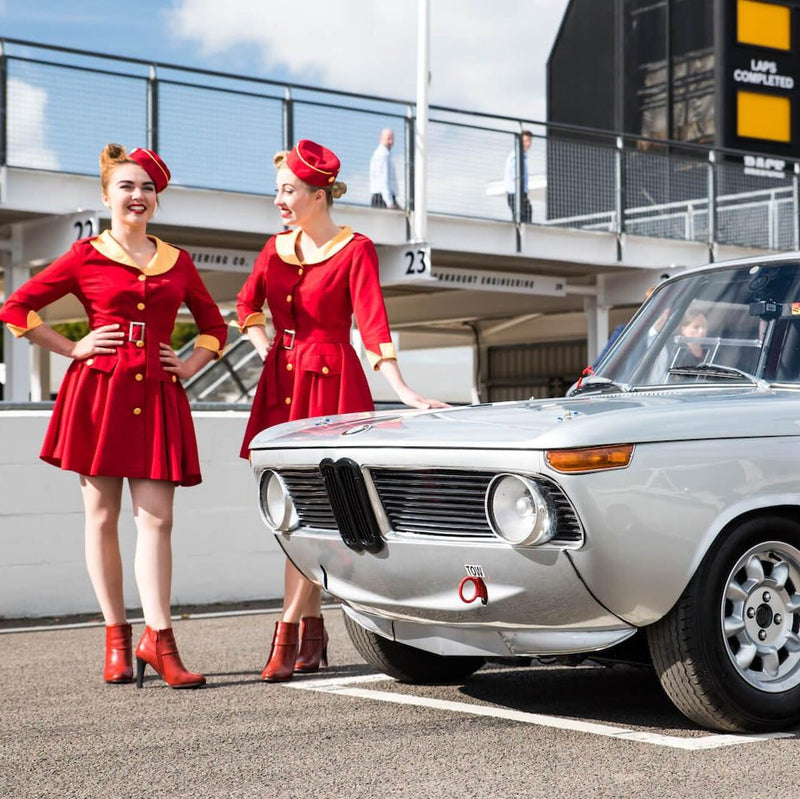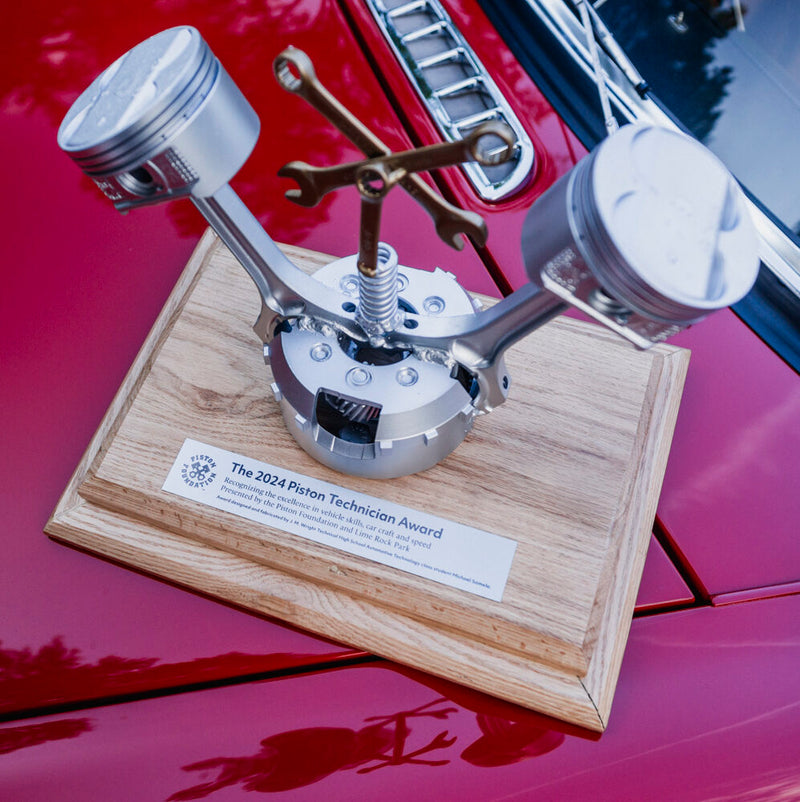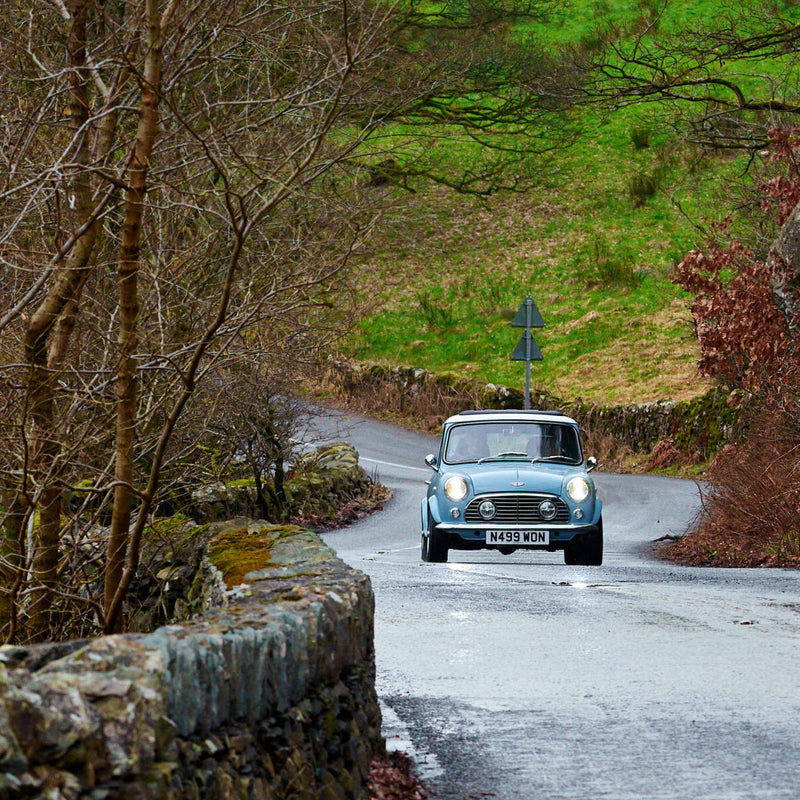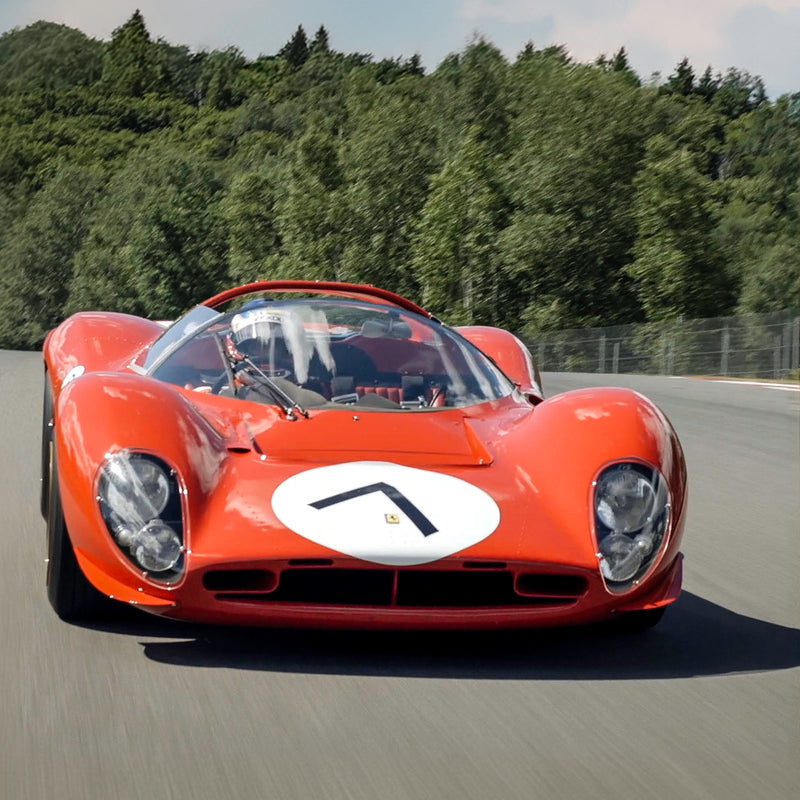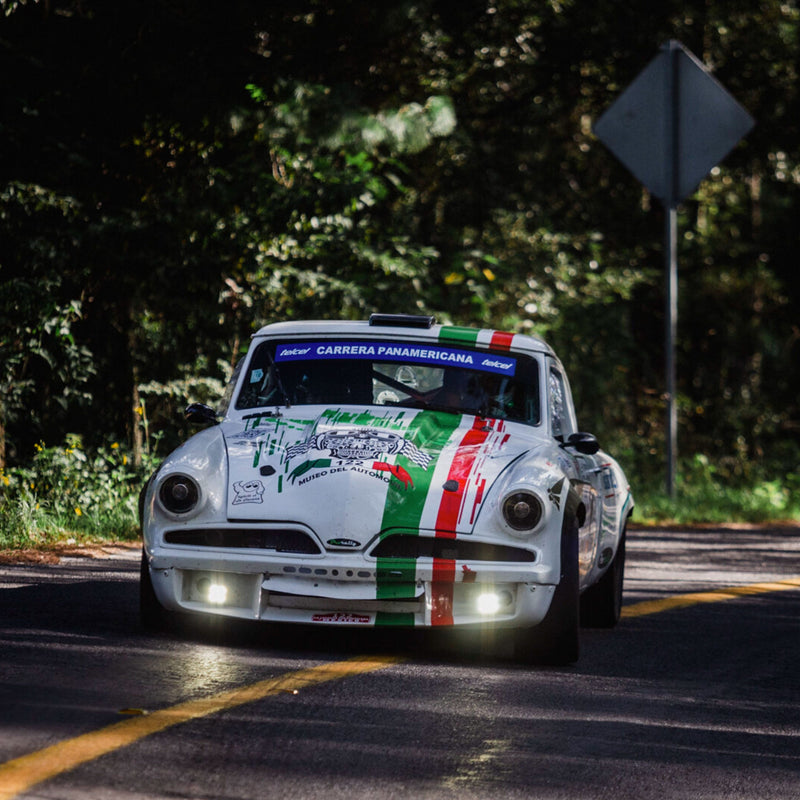It seems to be the fashion these days for companies to offer something extra to their base purpose, and indeed as a society we expect it and thus fuel it. Phones are now so many other things that they’re barely phones anymore, and when it comes to cars electronic aids have only taken over more degrees of the driving experience away from us. Even though those of us into older cars are wont to hold onto and nurture things that are technically outdated, there can be room for extras for at places like Nicholas Mee Aston Martin.



Due for its full unveiling in a few weeks, Nicholas Mee’s new premises is already an impressive-looking compound. Set in the picturesque Hatfield Estate a few miles north of London’s orbital ring road, the mix of old farm buildings and spacious new workshops sits peacefully in amongst the surroundings and it’s a far cry from the cluttered chaos of the firm’s former West London home, where workshop and showroom existed in separate spaces tangled in amongst the calamity of the city’s traffic. There’s far less of that out here.


The move was certainly born out of a desire to escape the constrictions of trying to sell prestige motor cars in a place where a test drive meant miles of maneuvering in traffic and restrictive speed limits to stifle any rare absences of it. When planning their departure from London, the team realized that they had an opportunity to provide something a little more than the usual aftercare service.
“Let’s make no bones, we are a business and here to turn a profit,” says Managing Director Nicholas Mee, “But we also wanted to create something more than just a car dealership, we want our new location to be a heritage center for Aston Martin and a destination for Aston enthusiasts.” The heritage element seems to be an important one for any physical space in this day and age of internet, and as such they’ve made sure to choose their location wisely.






Essendonbury Farm is a 250-year-old venue on a two-acre site, one which Mee has now developed into a mix of very well equipped workshops, a trim location, a parts department, a gallery sales room, and more, allowing the company to offer an in-house solution for anything a vintage Aston enthusiast could want when buying or maintaining one. In doing so, the company has carefully restored the old farm buildings to their former splendor at no low cost, and the new workshops are blended neatly with the old structures being repurposed.


Commercial Director Neal Garrard shows me around the compound of new and old buildings with great pride, and rightly so, as someone who has been nurturing this project for some time now and is finally about to see it completed. “We have a responsibility,” he says, “to not just sell people cars and forget about it, but to sustain the Aston Martin brand itself. With this heritage center we want to be able to offer enthusiasts every excuse to get out and use their cars, to drop in on a Saturday morning drive for a coffee and a chat, to attend a drinks evening, or a mini concours event.”



The conviction in his voice is that of a man wholly immersed in his vision, and I think it raises an important question about the responsibilities of classic car dealerships in the modern age. The collector car market, like almost every market, has been about buying and selling to make money since it began, but lately it seems the prices are being dictated exclusively by buy-and-hold types, and the time when a great car saw more demand because more enthusiasts wanted to own and drive one is being replaced by a new pool of buyers who are sort of removed from that: they buy because others want to drive, if that makes sense.
This isn’t to say such behavior is nonsensical, but on an emotional level it’s just kind of sad when any fast car is destined to sit still. When they’re never given the chance to do what they were literally designed to do, they never get to inspire the next generation by filling their eyes and ears and nostrils with the output of a quick car doing its job. This is especially relevant to brands with classic elements and long histories, for obvious reasons of continuation—torch-passing by way of experiences rather than just price charts. There's room for both.





Of course, there is no hiding from the fact that this is a commercial venture at its core though, and the cynics will cling on to that for all they’re worth, but having spent a couple of days with the Mee team I really do consider it a moot point. To painstakingly restore dilapidated buildings to take care of historic British sports cars reflects the way all involved in this company go about their business.
To offer specialist craftsmen to take care of each enthusiast’s pride and joy in-house, while creating an environment that encourages the owners of these grand touring cars to get out and enjoy them, alongside an apprentice program that is training up and passing on skills and enthusiasm to maintain these cars to the next generation, that’s genuine commitment.


















































